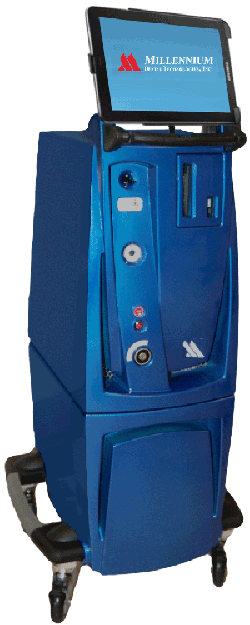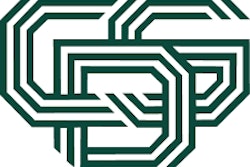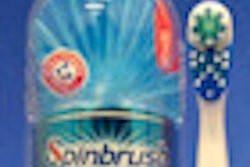
CHICAGO - Millennium Dental Technologies has developed what it says is the first Android-based control screen for a dental laser.
The new display, unveiled this week at the Chicago Dental Society Midwinter Meeting, is a next-generation upgrade to the company's PerioLase MVP-7 laser system, according to Pat McCormick, chief financial officer of Millennium.
 The PerioLase MVP-7 laser system. Image courtesy of Millennium Dental Technologies.
The PerioLase MVP-7 laser system. Image courtesy of Millennium Dental Technologies.
"The existing display on the MVP-7 was antiquated," McCormick told DrBicuspid.com. "This upgrade is changing the paradigm in displays for surgical equipment."
The MVP-7 Nd:YAG laser is a proprietary product used in conjunction with the company's LANAP (laser-assisted new attachment procedure) protocol for the treatment of mild to severe cases of periodontal disease. LANAP was developed by Robert Gregg, DDS, president and co-founder of Millennium, and Delwin McCarthy, DDS, co-founder of Millennium, in 1991.
It was patented in 1994 and received U.S. Food and Drug Administration (FDA) clearance for gingival incision and excision and laser curettage in 2002.
The current MVP-7 display features a standard 256-pixel resolution. The new display offers full color on the order of 16 million pixels, according to McCormick, who was instrumental in the development of the new display software and has developed display products for the U.S. government and major medical device manufacturers.
The new user interface increases usable display space, allowing users to focus on the clinical procedure, according to the company. It also features a 360° mounting system and increased flexibility of laser placement in the operatory.
Millennium plans to offer automatic quarterly software updates to the Android display for a subscription fee, McCormick noted.
"Operating system upgrades can be done in the field through encrypted hardware authentication with less downtime to the clinician," McCormick said. "This enables the clinician to maintain patient treatment schedules and efficiency, while giving them the power to stay abreast of the evolving high-resolution, flat-screen display technology."
“This upgrade is changing the paradigm in displays for surgical equipment.”
— Pat McCormick, CFO, Millennium
Millennium had considered various OEM options for the display upgrade but saw greater flexibility in tablet technology and opted for the Android platform because it is a more open programming platform, McCormick noted.
"We needed something that could talk to the 1,500 lasers already in the field," he said. "Apple is very protective of what it will allow third-party developers to do."
The Android display also reduces the amount of "clutter," McCormick added. The original display has 10 different control screens and numerous user buttons on each screen, while the new design offers only four discrete control surfaces that can be maneuvered using the finger-slide technique common to smartphones and tablet devices.
The new display is expected to role out in June of this year. Current MVP-7 users can upgrade to the new display for $3,495. New customers that purchase the MVP-7 before the Android display is incorporated into the system will automatically be upgraded to the new display at no additional cost, according to McCormick.
The next generation of the display will be able to interface with Dentrix and other practice management and electronic record software, McCormick said, noting that the company is very aware of HIPAA rules and other regulatory and best manufacturing rules in the U.S. and worldwide.
"We will be taking a leadership role with the FDA regarding having a medical device integrate with an electronic patient record," he said.
What makes this design particularly unique, McCormick emphasized, is that it opens the door to true dental laser device upgradability.
"Obsolescence is not planned or even anticipated," he said.



















